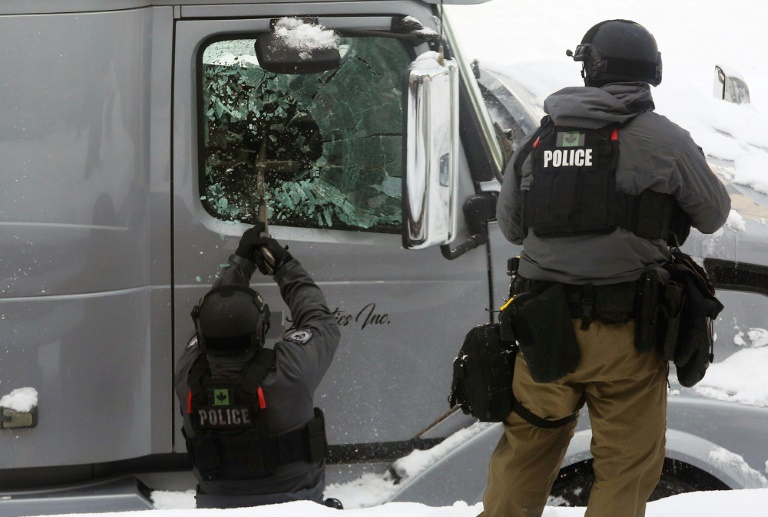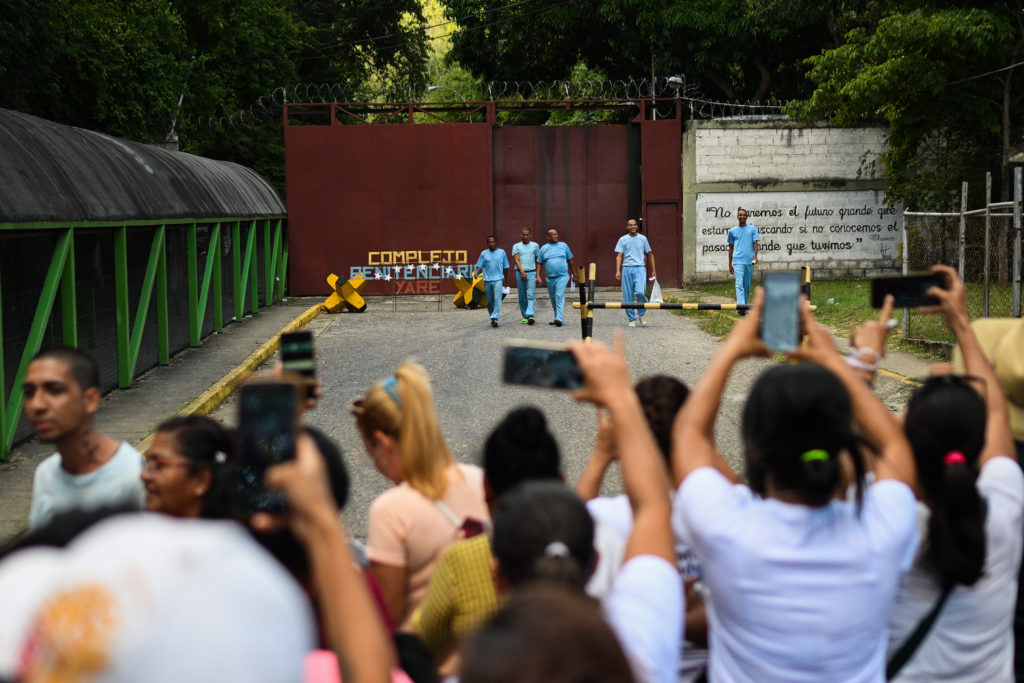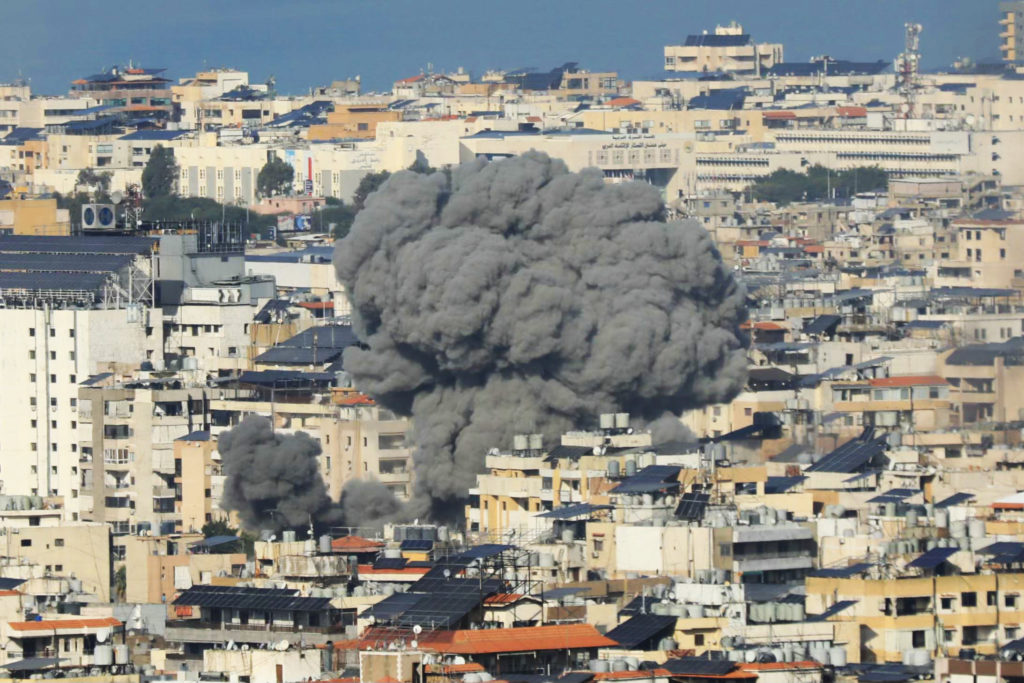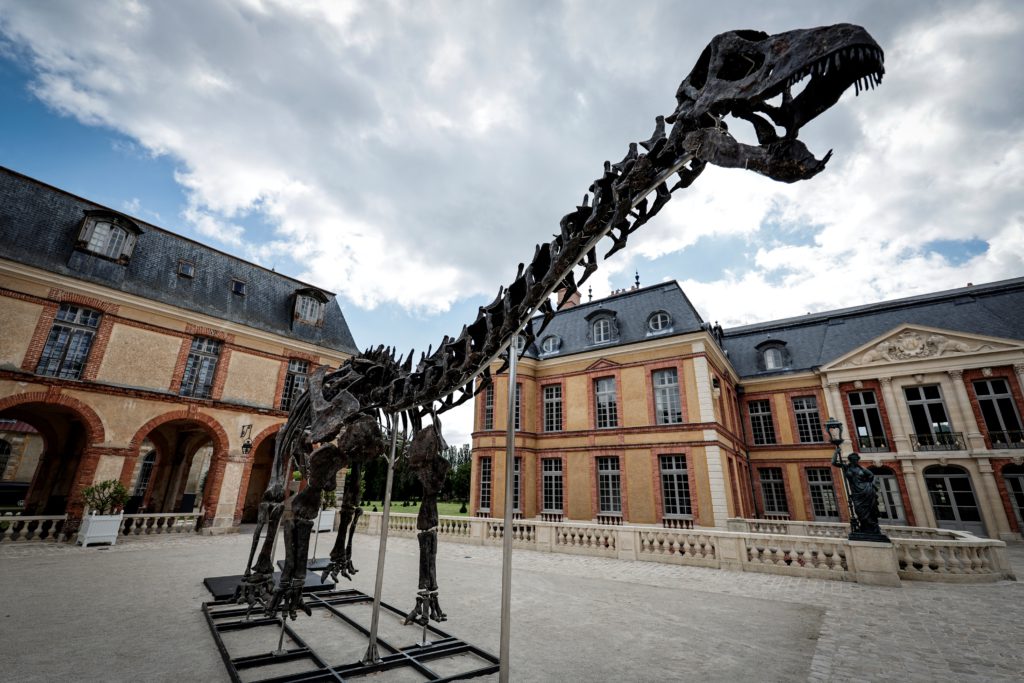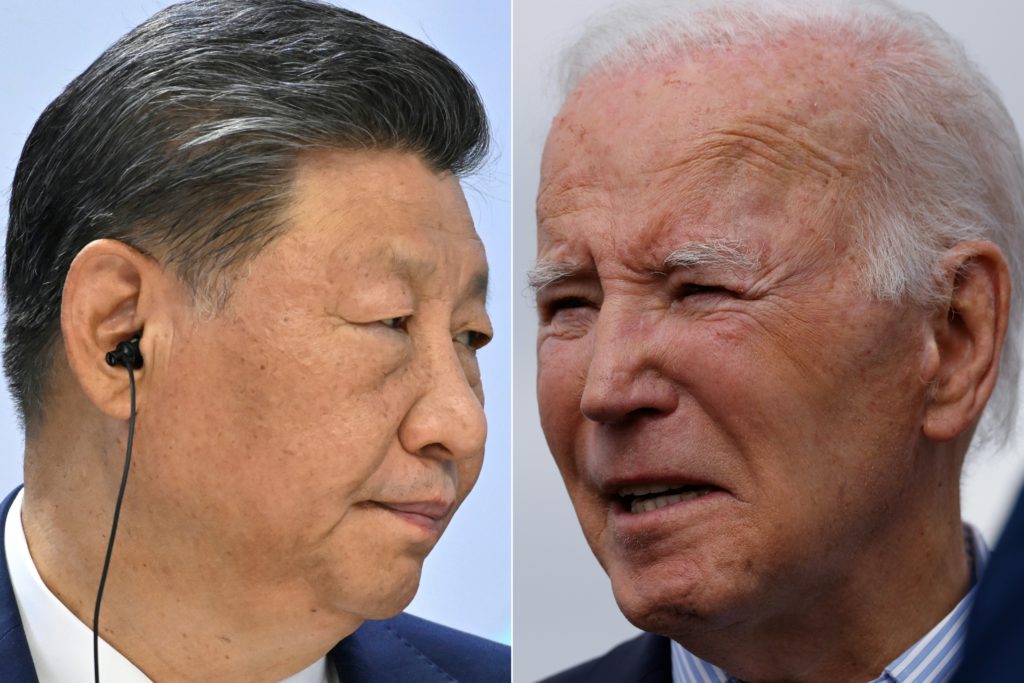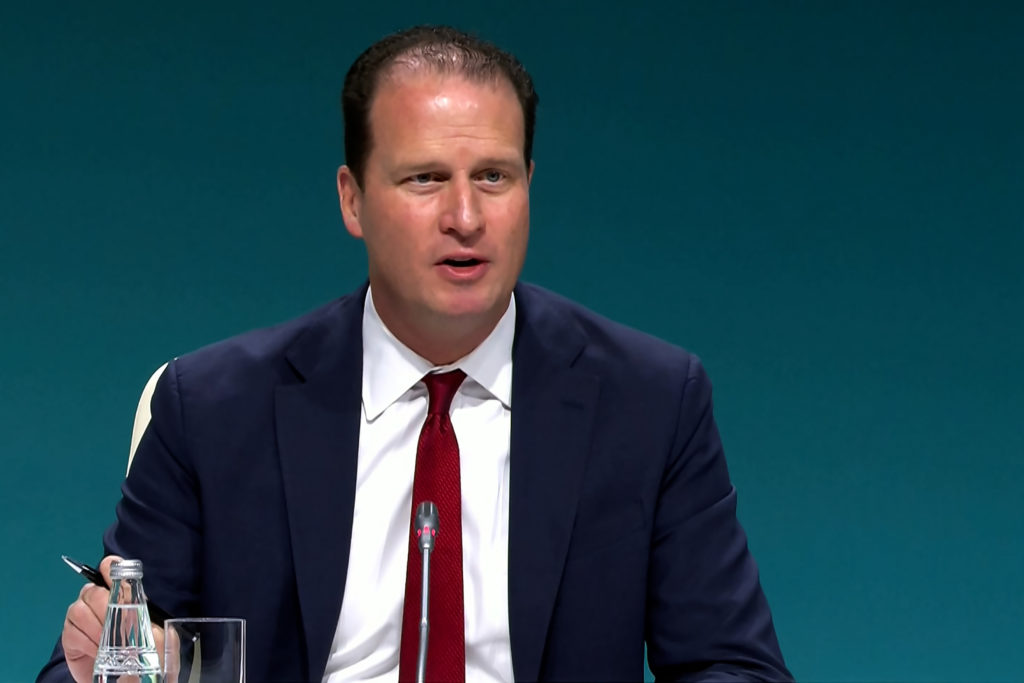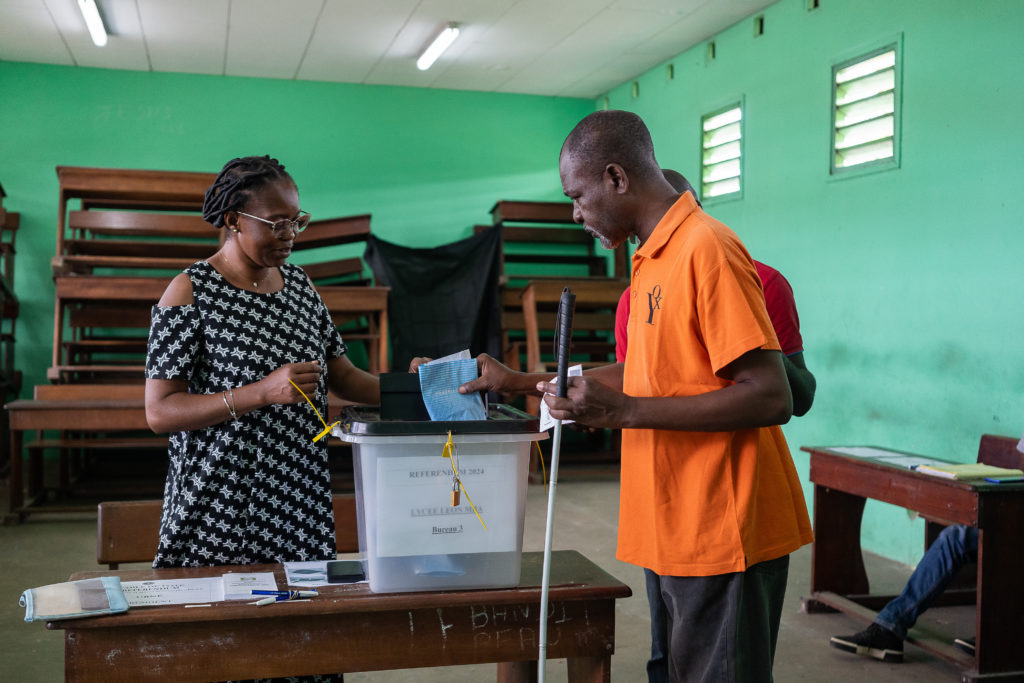Police pushed into downtown Ottawa Saturday in a bid to dislodge several hundred dug-in protesters and big rigs that have choked the Canadian capital for weeks, after a night marked by clashes and more than 100 arrests.
There were tense scenes outside Parliament, with multiple protesters hurling gas canisters at police, who hardened their positions in a determined push to bring the weeks-long protest to an end.
New arrivals slipped past security barricades to join the remaining demonstrators, as police moved in.
“We told you to leave,” Ottawa police tweeted to the demonstrators.
“We gave you time to leave. We were slow and methodical, yet you were assaultive and aggressive with officers and the horses. Based on your behaviour, we are responding by including helmets and batons for our safety.”
Inside Parliament, Prime Minister Justin Trudeau convened a crisis response group, as lawmakers resumed debating the government’s use of emergency powers for the first time in 50 years.
Outside, tensions escalated as police marched forward, reporting on Twitter that “protesters continue to launch gas at police.”
Within minutes police claimed a section of road in front of the prime minister’s office and a stage where demonstrators had rallied crowds of supporters.
Police said they did not use gas against any of the protesters as smoke filled the air.
Prior to Friday, police had arrested 25 people blocking border crossings to the United States. In the last two days, at least 100 more in Ottawa were taken away in handcuffs, including three organizers.
“I’m not leaving,” Johnny Rowe told AFP, dismissing threats of arrest.
“There’s nothing to go back to,” he said. “Everybody here, myself included, has had their lives destroyed by what’s happened in the past two years.”
Some truckers chose to depart on their own, driving their 18-wheelers away after three weeks of demonstrations that at their peak drew thousands to the capital.
“I’m leaving today,” said Vince Green.
He said that he and his wife — a former nurse who lost her job for refusing a mandatory Covid jab — had to return to Calgary, Alberta to check on their kids.
– Debate on emergency powers –
The so-called “Freedom Convoy,” which inspired copycat protests in other countries, began with truckers demonstrating against mandatory Covid-19 vaccines to cross the US border. Its demands grew, however, to include an end to all pandemic rules and, for many, a wider anti-establishment agenda.
At its peak, the movement also included blockades of US-Canada border crossings, including a key trade route across a bridge between Ontario and Detroit, Michigan — all of which have been lifted after costing the economy billions of dollars, according to the government.
The truckers also won support from billionaire Elon Musk, several US Republican lawmakers as well as former president Donald Trump, and even Iran’s former leader Mahmoud Ahmadinejad.
Criticized for failing to act decisively to end the protests, Trudeau this week invoked the Emergencies Act, which gives the government sweeping powers to deal with a major crisis.
It’s only the second time such powers have been invoked in peacetime.
Canadian lawmakers, split over the move, with only a small leftist faction backing Trudeau’s minority Liberal government, were debating its use when Parliament was hastily shuttered Friday.
It was to reopen Saturday, and a final vote on the emergency measures is to be held on Monday at 8:00 pm (0100 GMT Tuesday).
A former Conservative leader, Andrew Scheer accused the Liberal government of using a “sledgehammer to crack down on dissent.”
Trudeau has said the act was not being used to call in the military against the protesters and denied restricting freedom of expression.
The objective was simply to “deal with the current threat and to get the situation fully under control,” he said. “Illegal blockades and occupations are not peaceful protests.”

